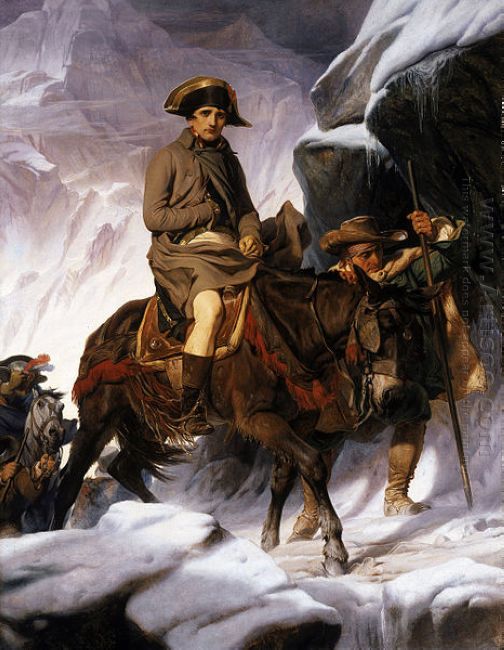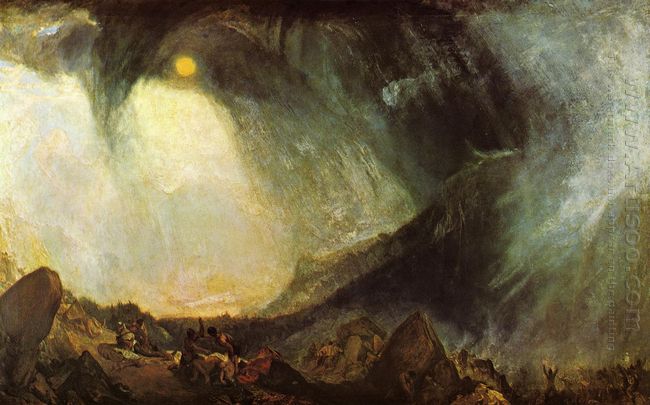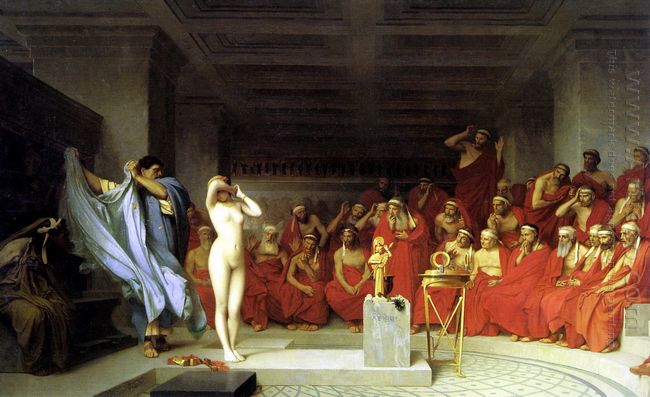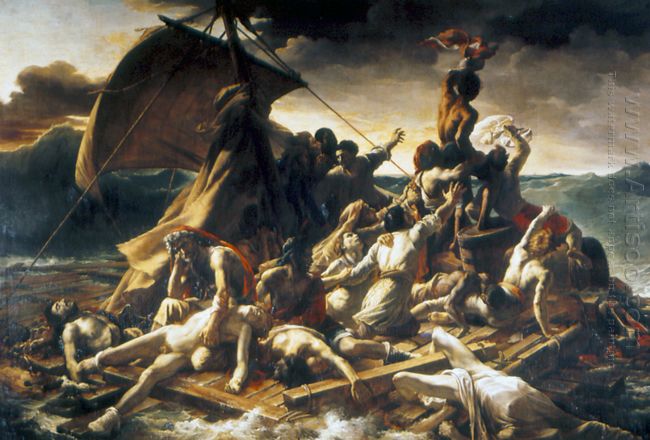Joseph Mallord William Turner had painted many works about manifestation of Carthage history and the myths of Aeneas looking for the Rome. The Decline of the Carthaginian Empire and Dido building Carthage (or The Rise of the Carthaginian Empire exhibited in 1815) could be classified a group. These two paintings all showed the harbor scenery under the sun. The sunrise or sunset in the center of the painting had symbolic meanings with a distinct style of Lorrain Claude. According to Turner's wishes, Dido building Carthage is now hanging in The National Gallery in England, standing side by side with Claude's masterpiece The Queen Boarding on the Harbored Boat. Turner greatly admired Claude, so he tried to emulate the landscape paintings of this 17th century master. In this The Decline of the Carthaginian Empire, Turner gave the picture a pure gold, which was also the characteristic of Claude's works.
The long name and the attached poem of this painting were about the 120-year Punic War between Rome and the ancient Carthage. After the three Punic Wars, the powerful Carthaginian Empire irrevocably declined and finally in 146 BC, the Romans conquered the city by burning and looting, and many local people were deported as slaves. This painting of Turner showed the decline of imperial spirit rather than the actual destruction of Carthage. The beautiful buildings on the harbor were intact, but the items on the ground hinted ruins and negative emotions resigning one's fate. Most people on the shore were women, watching the sunset. The remaining boats carrying young people were ready for shipping and would be killed or enslaved in Rome. In the shadow of the prospect, an abandoned children toy boat along with waves of was increasingly turbulent and sank. At the beginning of 19th century, the rise and fall of empire was a popular historical issue.
A few years ago, Turner had prepared the conception in his English landscape sketches, which strongly suggested in the painter's mind, the concept of view of history and classical landscape painting were inextricably linked to his meditation for motherland.






